
The luxuriously luminescent blooms of the Iris are one of springtime’s favorite gifts.
Rising from stiff sword-like leaves, flower stalks hold up large flowers of 6 spreading or lobed petals.
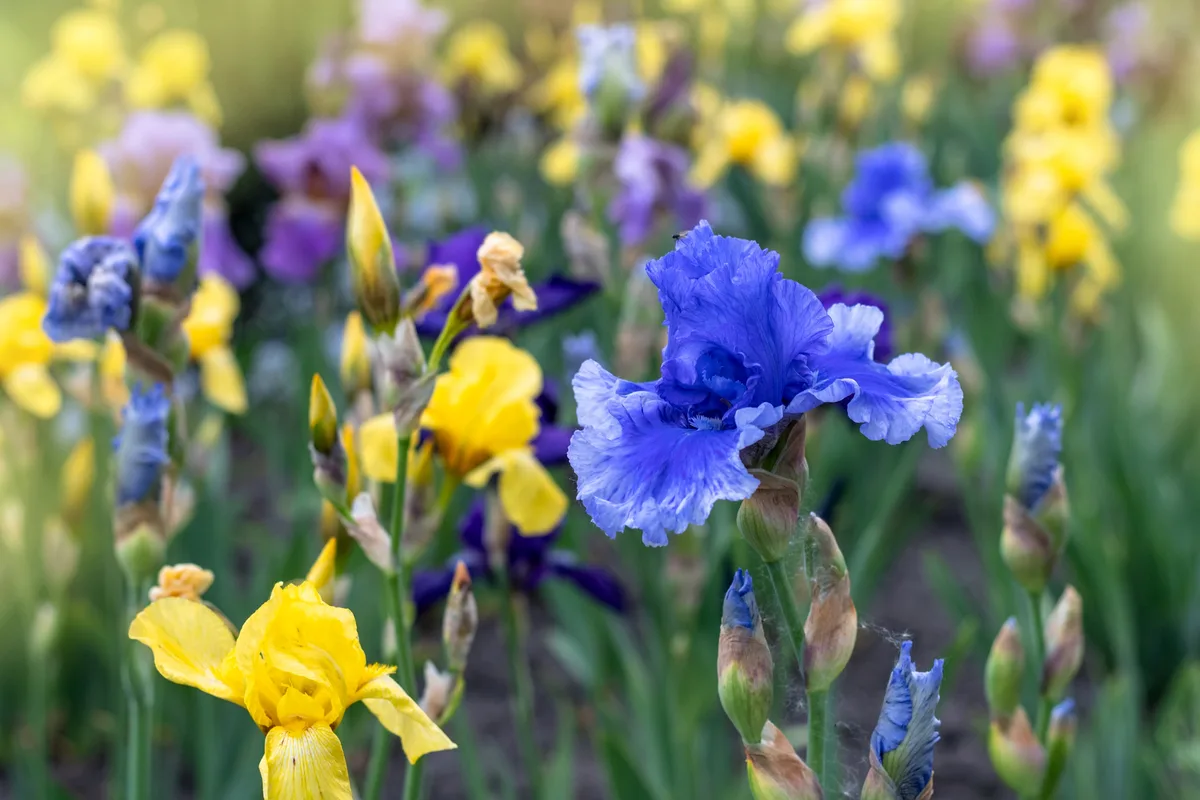
Iris flowers are bicolored, striped, or solid in shades of yellow, orange, pink, blue, purple, white, and brown.
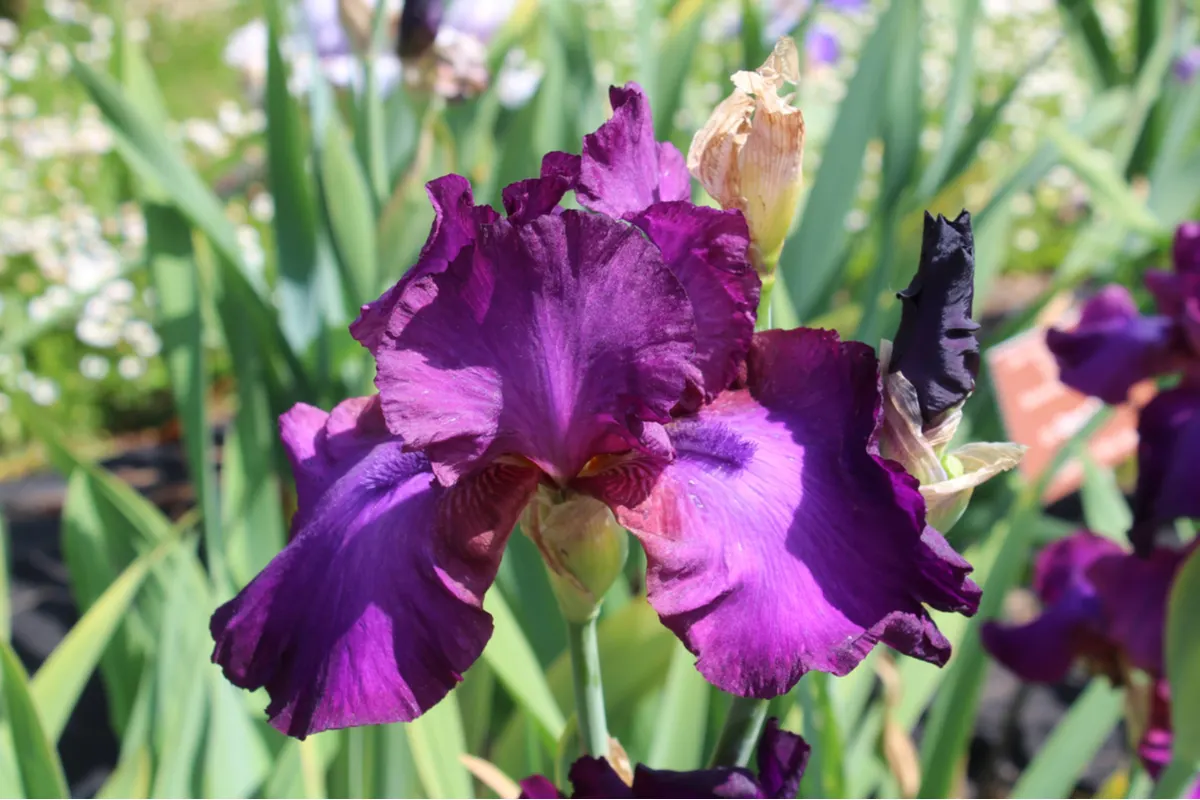
Irises have notable blue varieties and have a particular place in your blue perennial garden.
Famously, some Iris varieties have almost true black flowers as well as flowers of the purple persuasion.
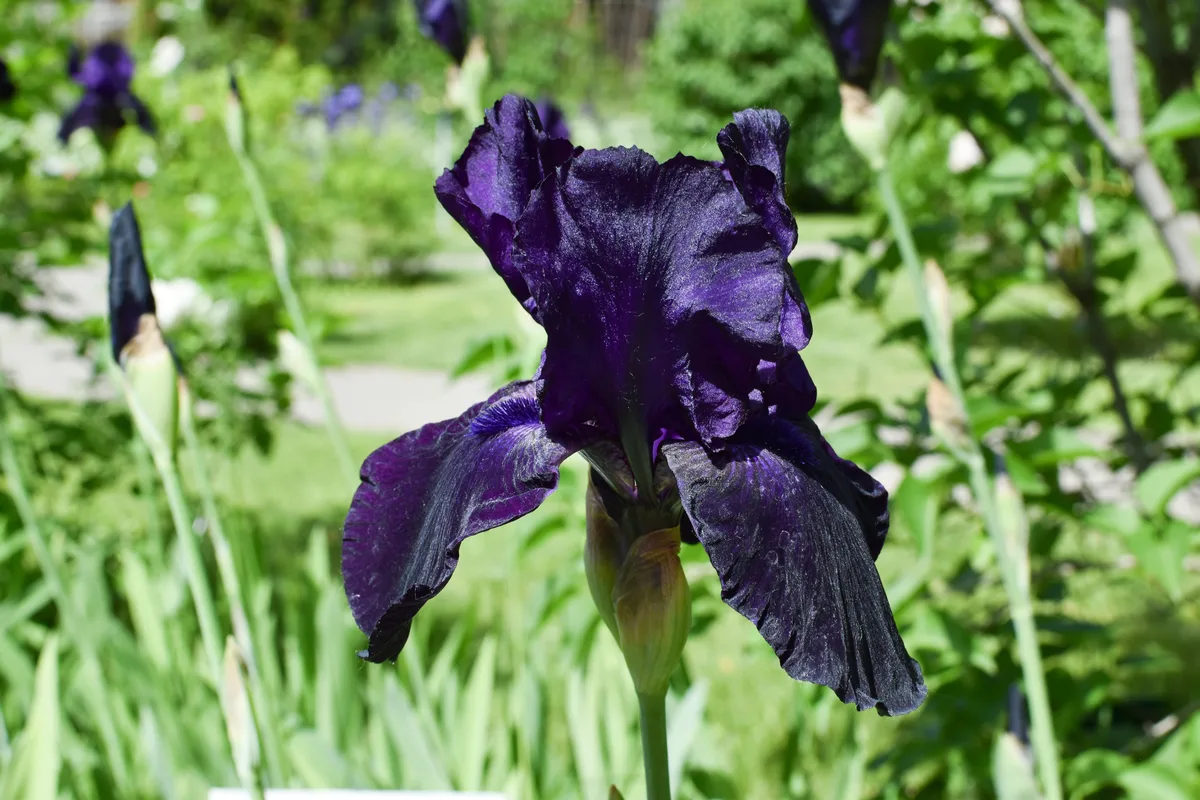
Of the ornamental irises, there are dwarf varieties that grow just 6 inches tall and giant irises that may be over 4 feet tall.
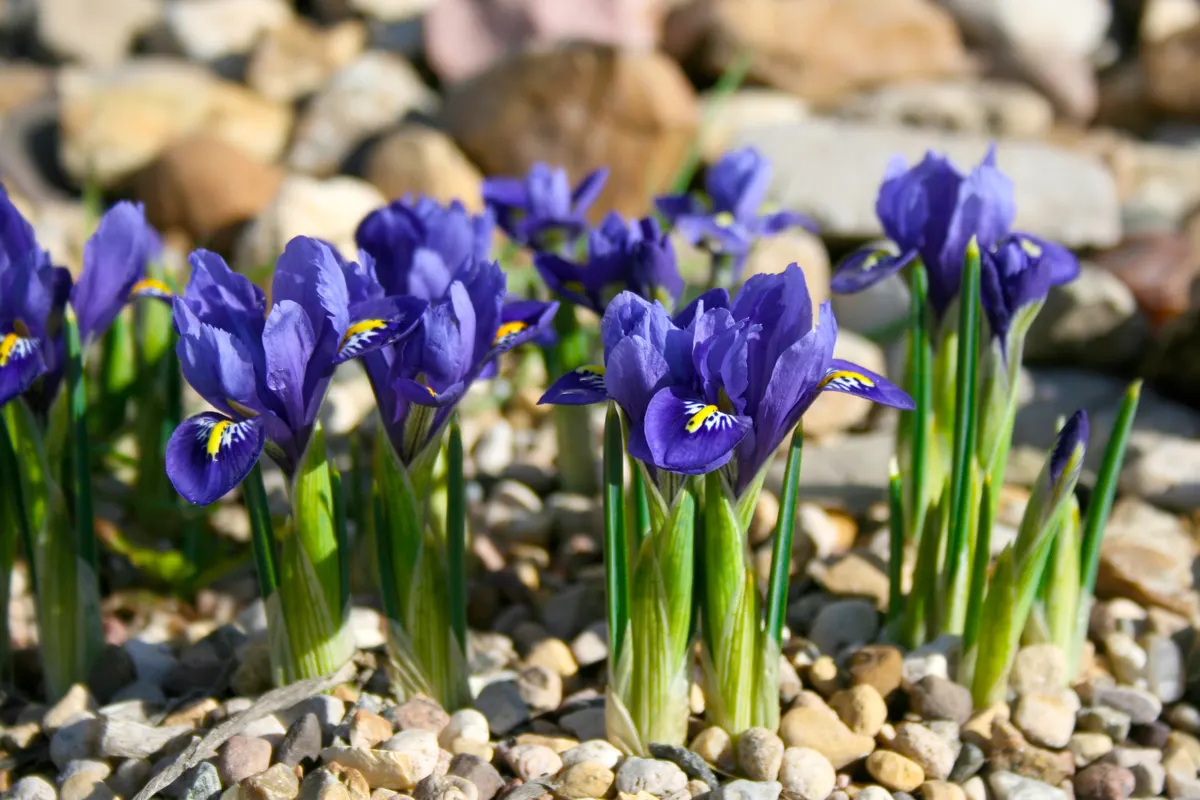
While some types of iris are perennials that love wet soil and even aquatic conditions, others thrive in full sun in well-draining soils.
In fact, irises make our top 10 list of perennials for full sun!
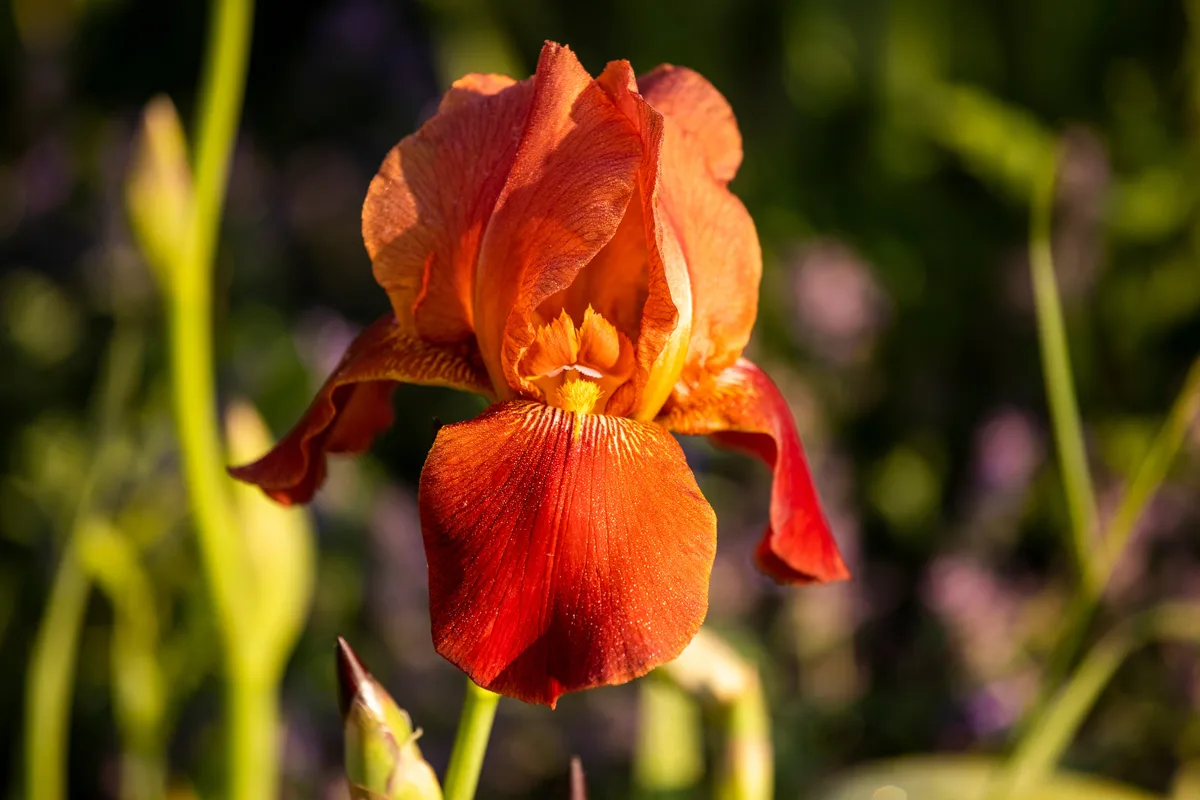
We love irises in the garden because they are easy to grow and reward us with reliable robust blooms year after year.
These long-living perennials can be shared throughout neighborhoods and even span generations.
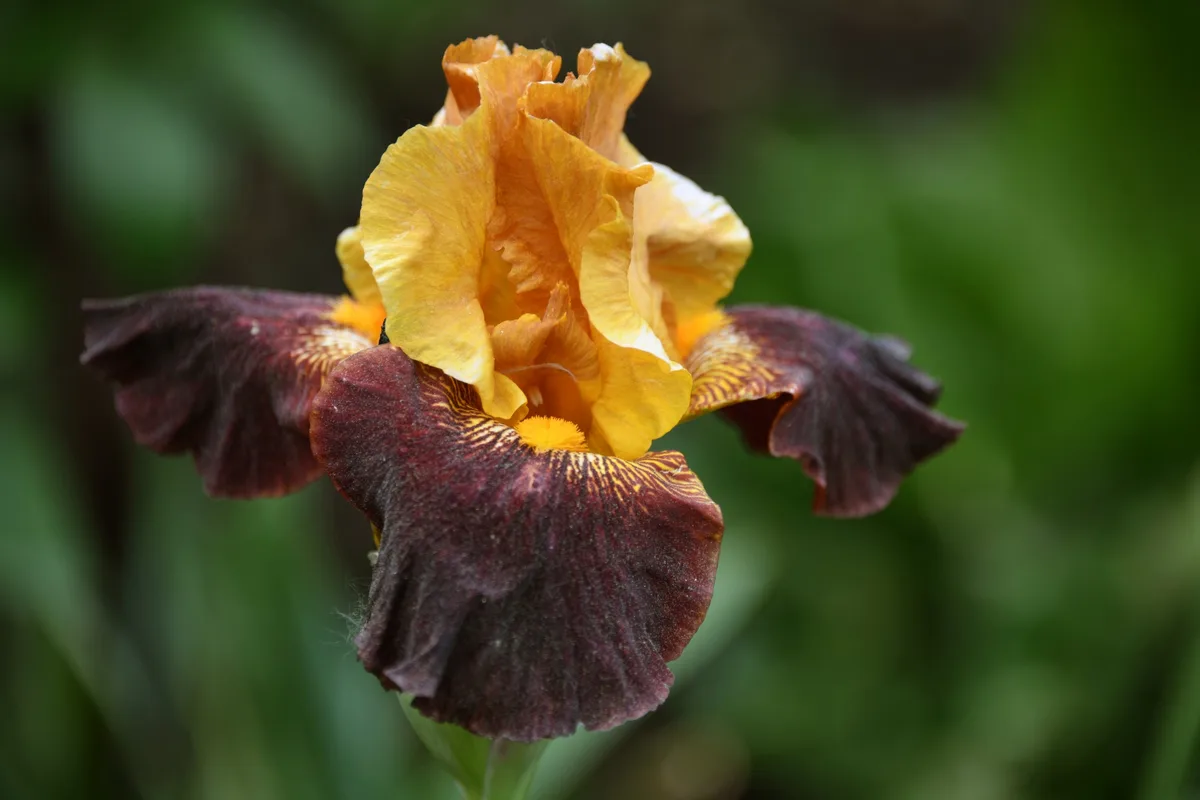
They divide easily anytime after they bloom and are perfect perennials to plant in the fall.
A further benefit is that Irises are an excellent perennial to choose for a deer resistant garden.
Why You Should Care For Your Irises After The Bloom
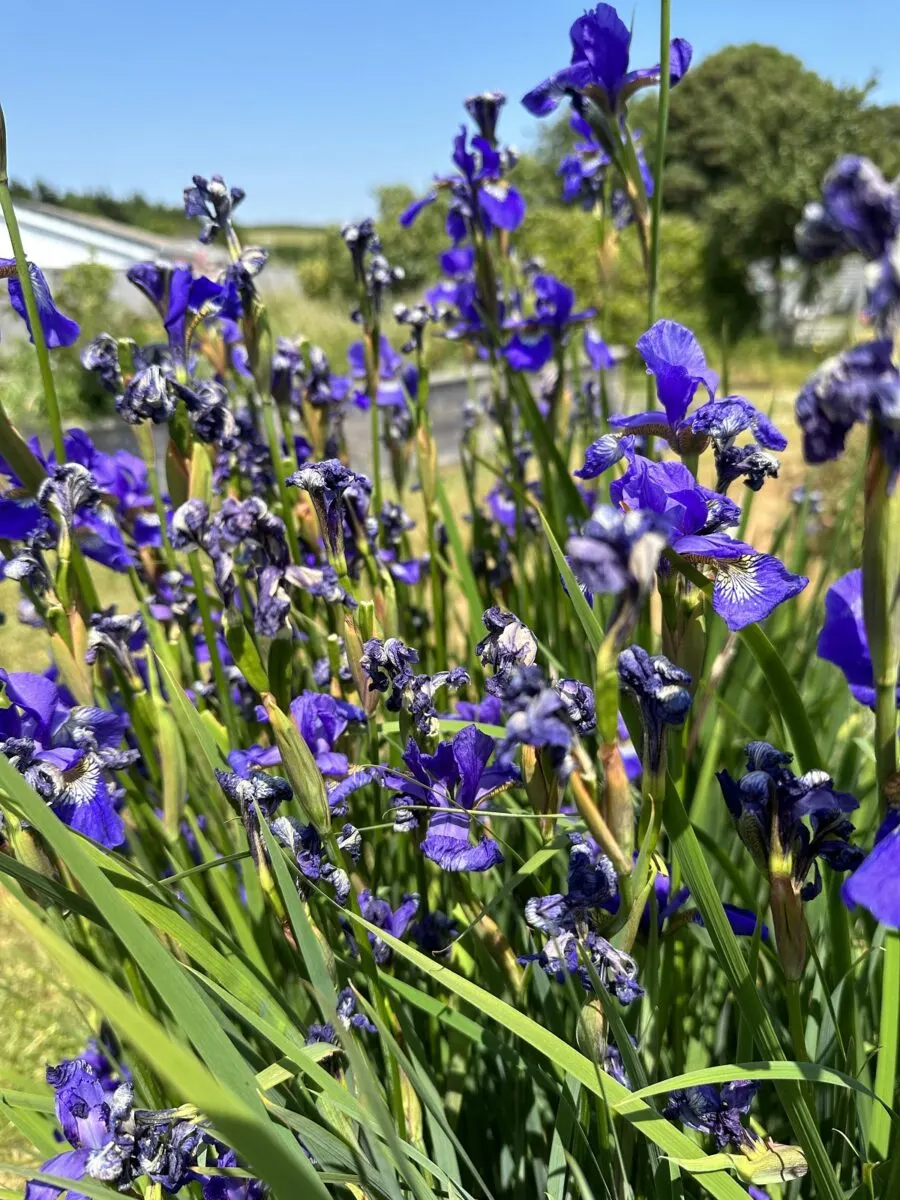
As magnificent as the blooms of Irises are, caring for Iris plants after they bloom with achieve three important things.
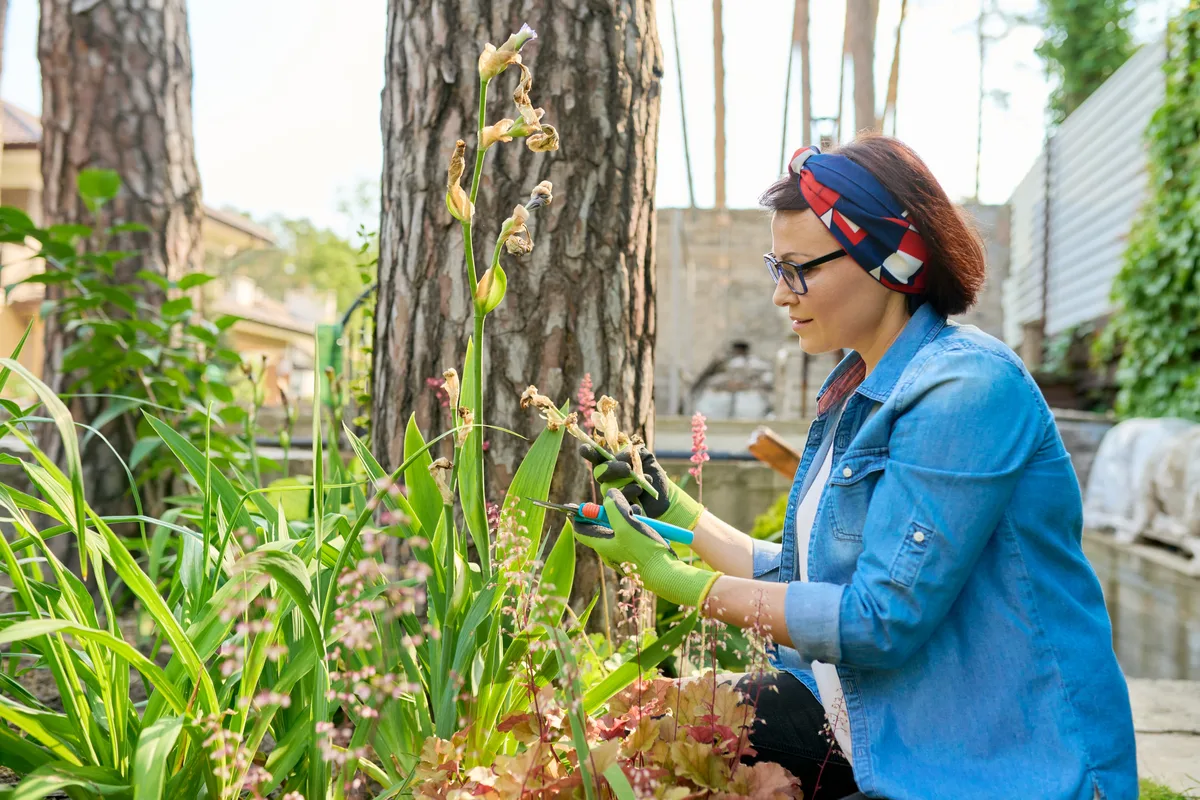
Firstly, proper post flowering care will keep the stiff upright leaves tidy throughout the remaining weeks of summer.
Next, suitable summer care of Irises helps the plant prepare for an excellent flower show next spring.
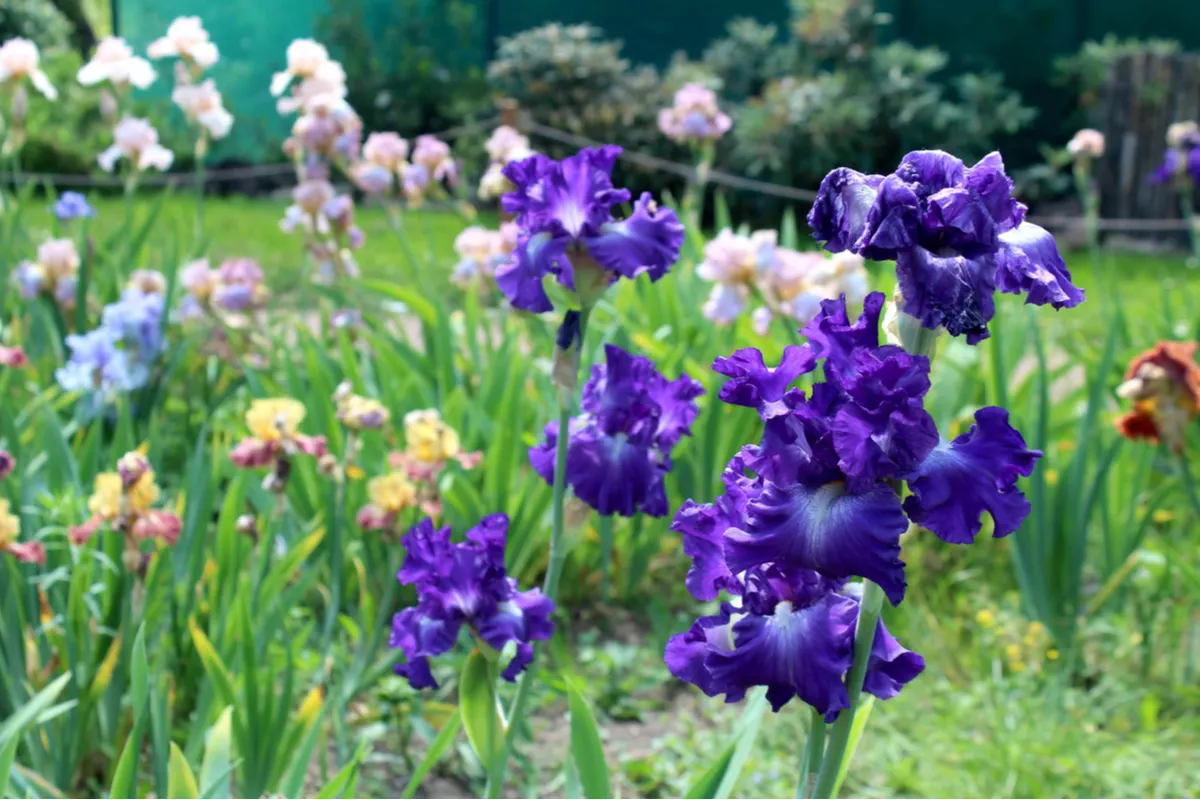
Lastly, correct Iris care will keep the plant healthy and pest and disease free.
How To Care For Irises After Blooming
Deadheading
After Irises have finished blooming their stalk will remain with dried, spent flowers at the top of the stalk.
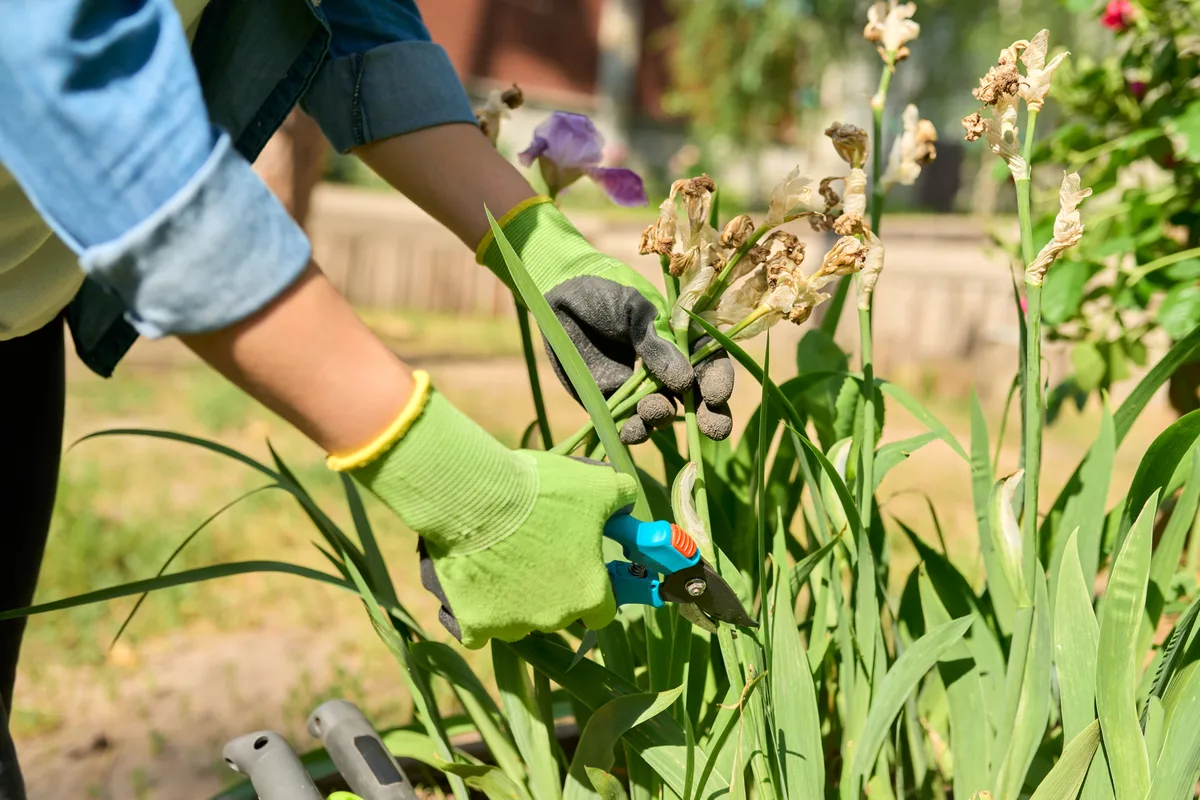
Remove the entire stalk. The stalk will turn brown and wither on its own. If it is left in place, it’s not the end of the world, but it looks messy and may harbor pests and disease.
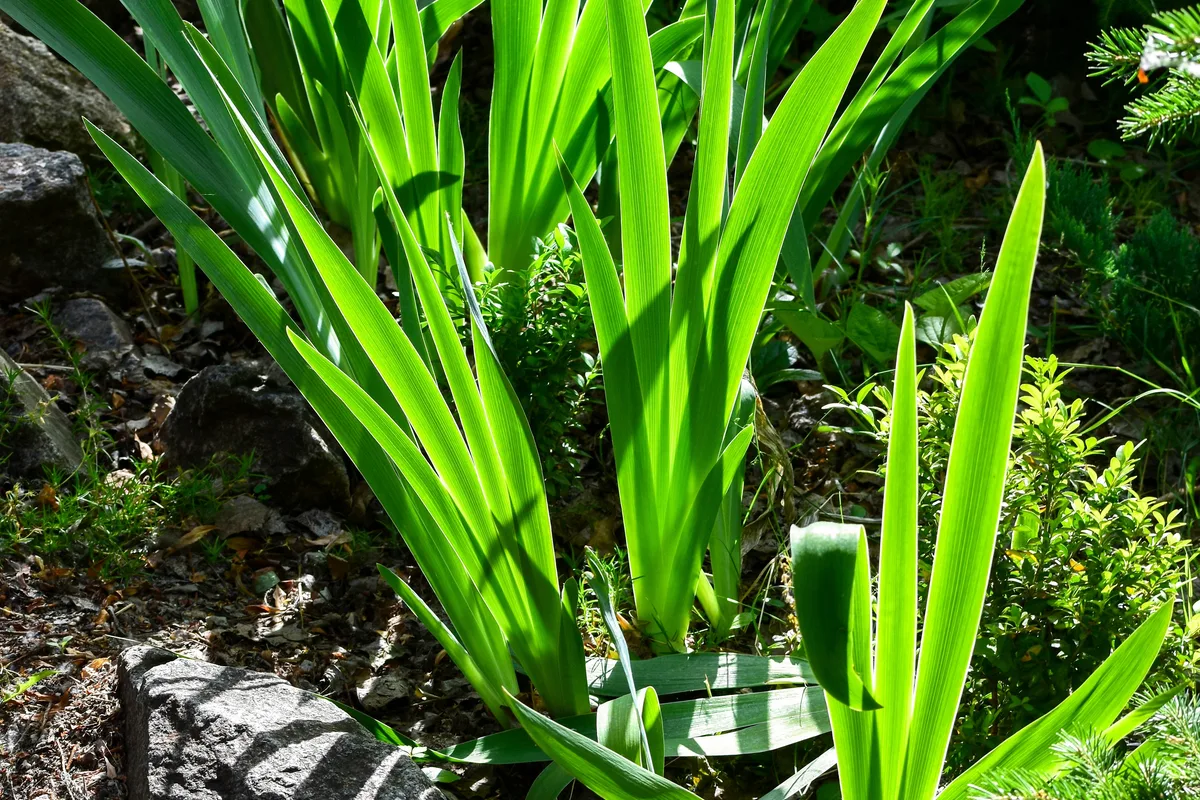
Trim the stalk in line with the upright fan of leaves. This is the best way to disguise the stalk.
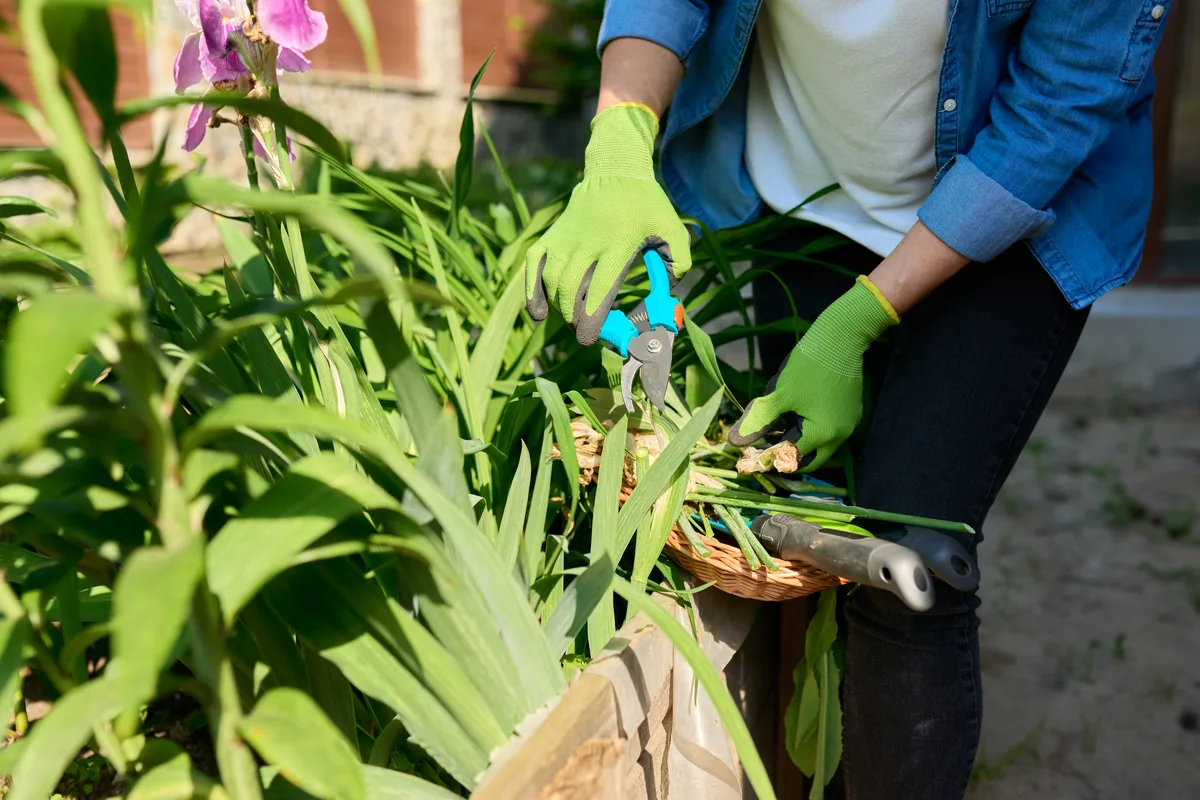
Tidy up any spent leaves. New leaves emerge from the center of the fan. The leaves on the outer edge dry up with age. Trim them off to keep the fresh new sword-like fan of leaves looking their best.
Dividing
Divide your Irises every 3 to 5 years. With age, Iris rhizomes get crowded and entangled and they won’t bloom as well.
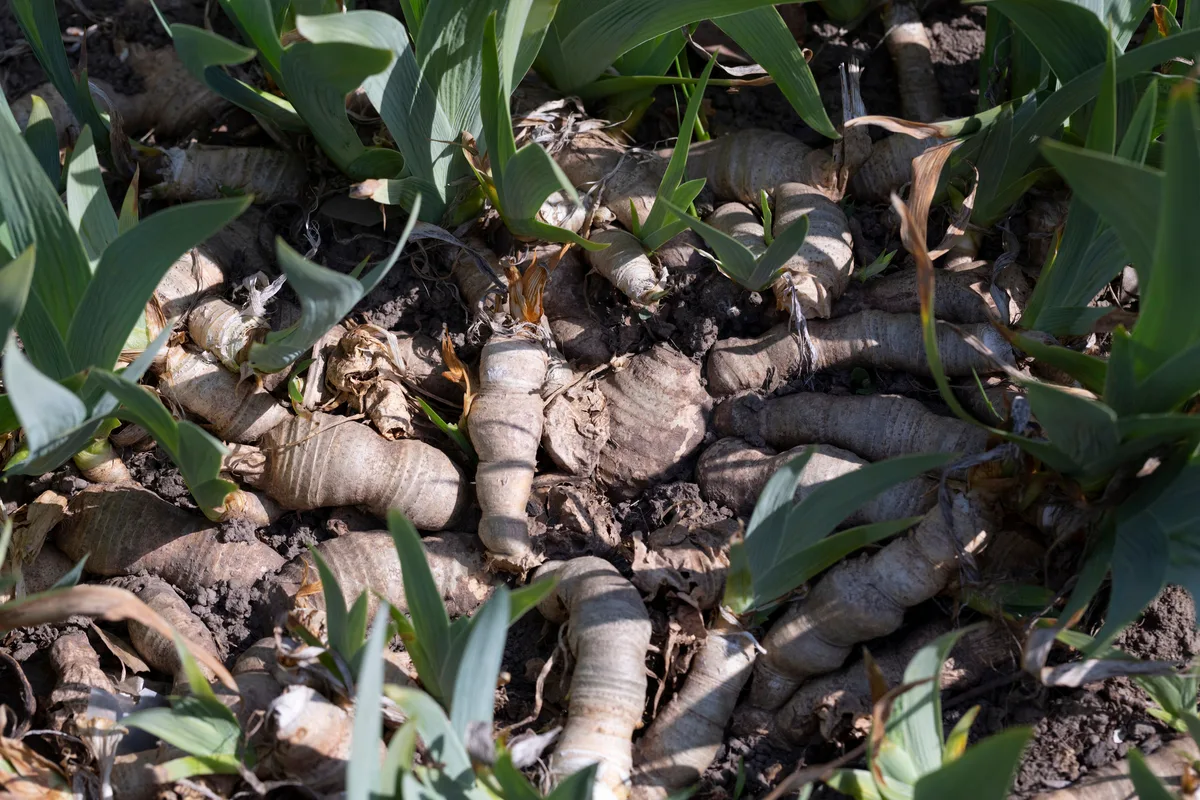
The best time to divide Irises is after they have finished blooming and when it is not too hot.
Choose a time in early morning or wait until later in the fall when the temperatures have cooled to divide your Irises.
Dig up the sections of Iris. The meaty rhizome has smaller roots growing down from it.
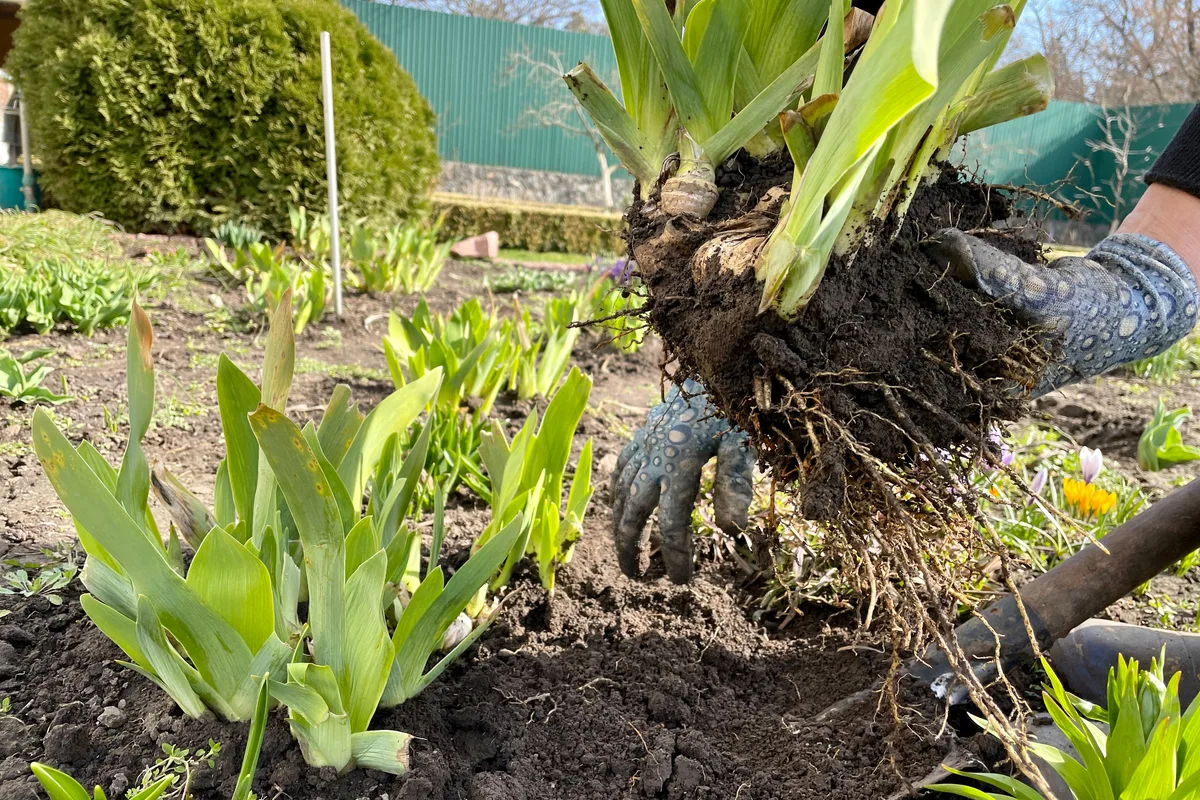
Pull the rhizome sections apart. Trim off any sections that are past their prime and are no longer sending up shoots of new leaves.
Extra Irises?
Share your Iris divisions with your friends, family, and neighbors.
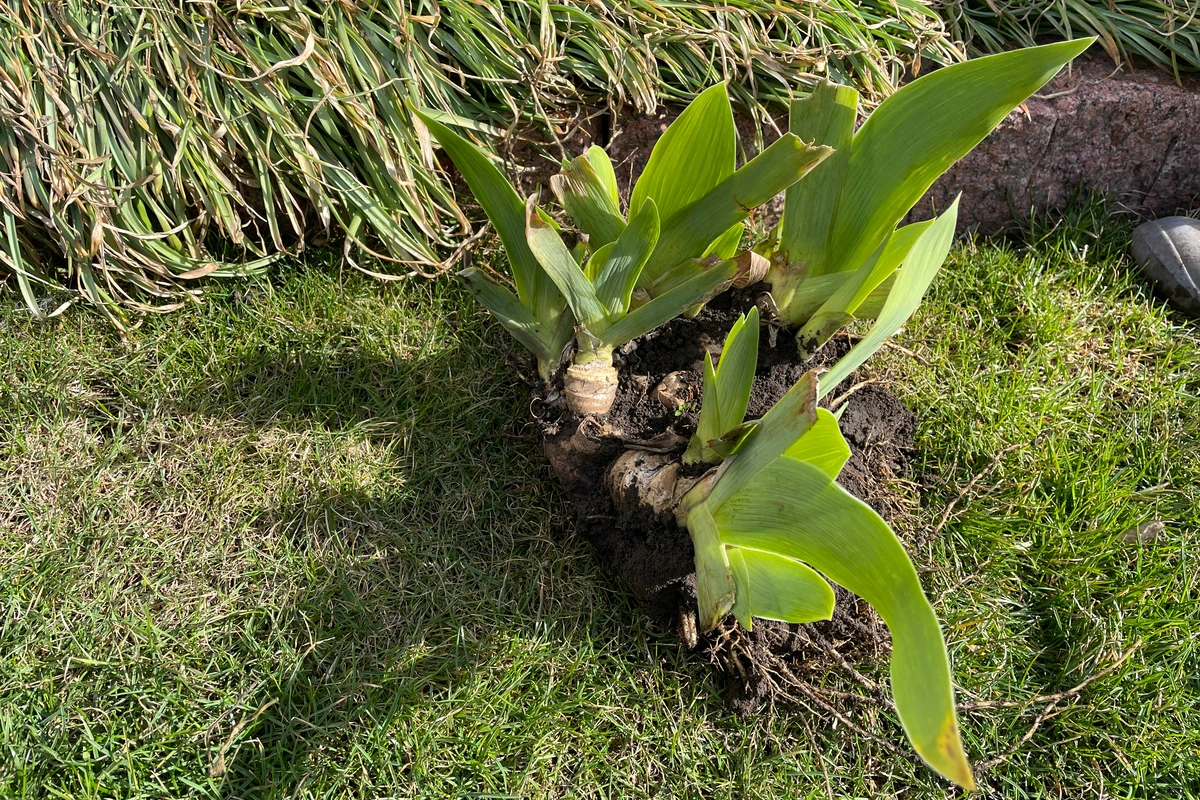
If your Irises were already in the garden, see if you can find out where they came from. They could have a significant local history or lore.
Give Iris divisions to local gardening projects or heritage gardens to further enhance their legacy.
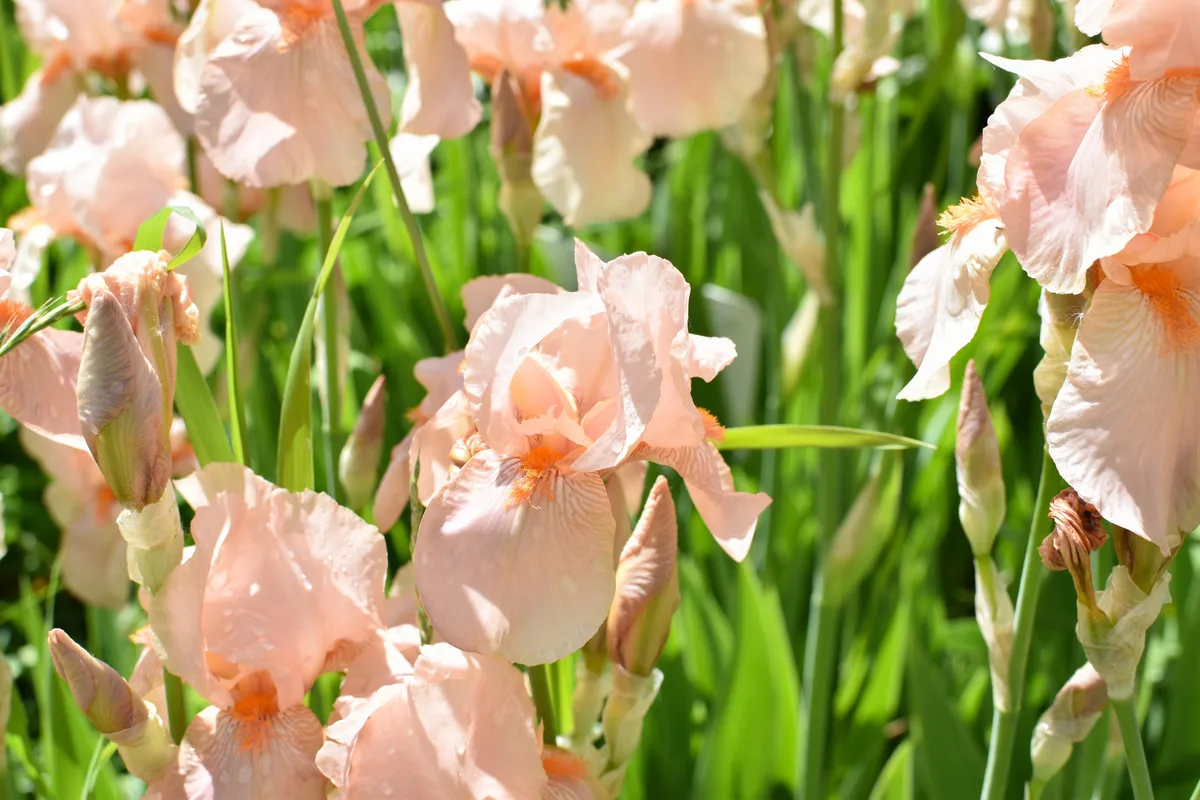
Planting Iris Divisions
Planting time is the best time to feed Irises. They are surprisingly not heavy feeders. Amend soil with well-rotted compost and ensure excellent drainage.
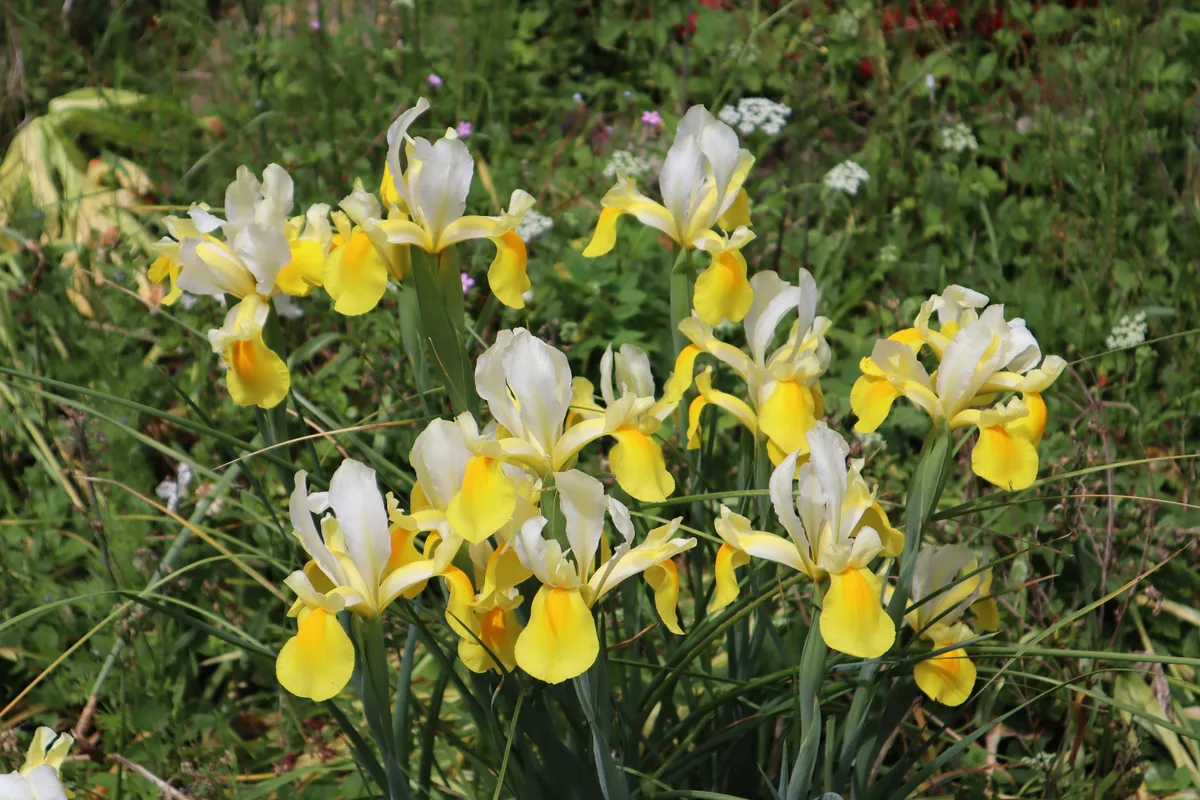
Make sure to plant Irises in full sun.
Place rhizomes at soil level while making sure the long roots are deep in the soil.
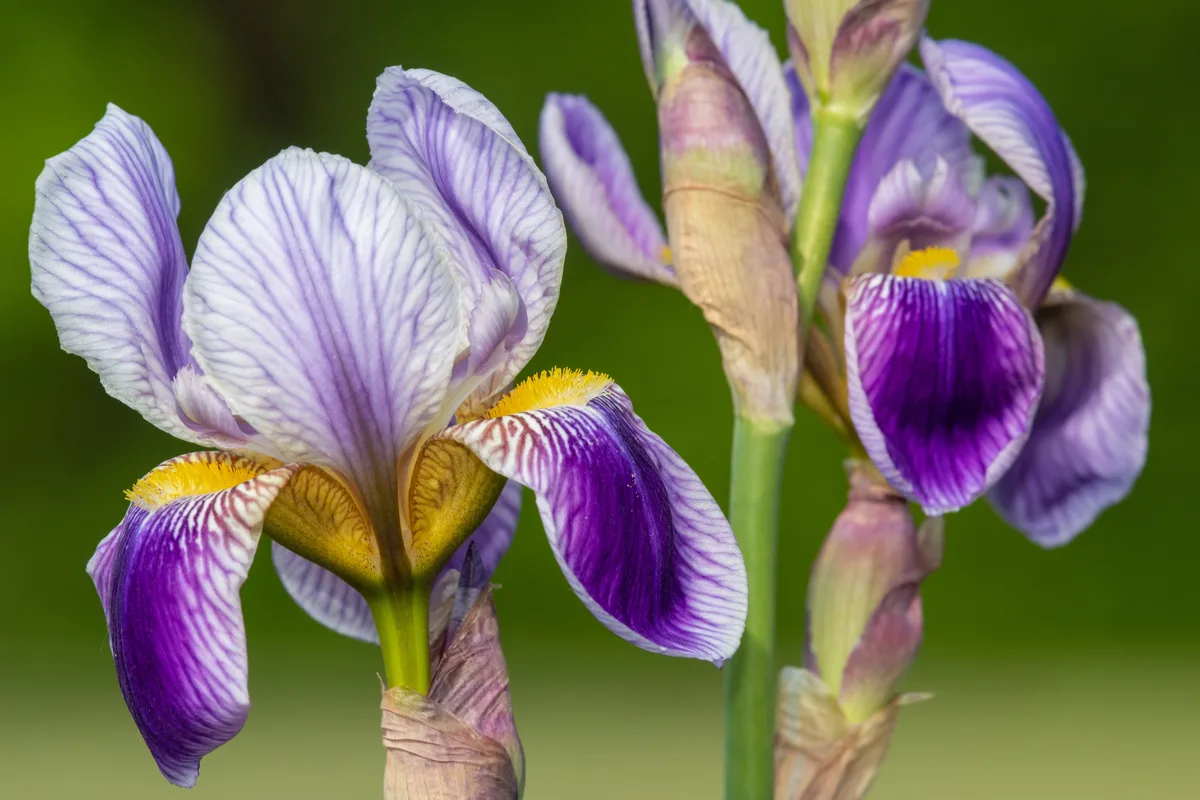
Water newly planted Iris divisions well.
*Hot Tip:
Iris rhizomes must be exposed to ensure excellent blooming!
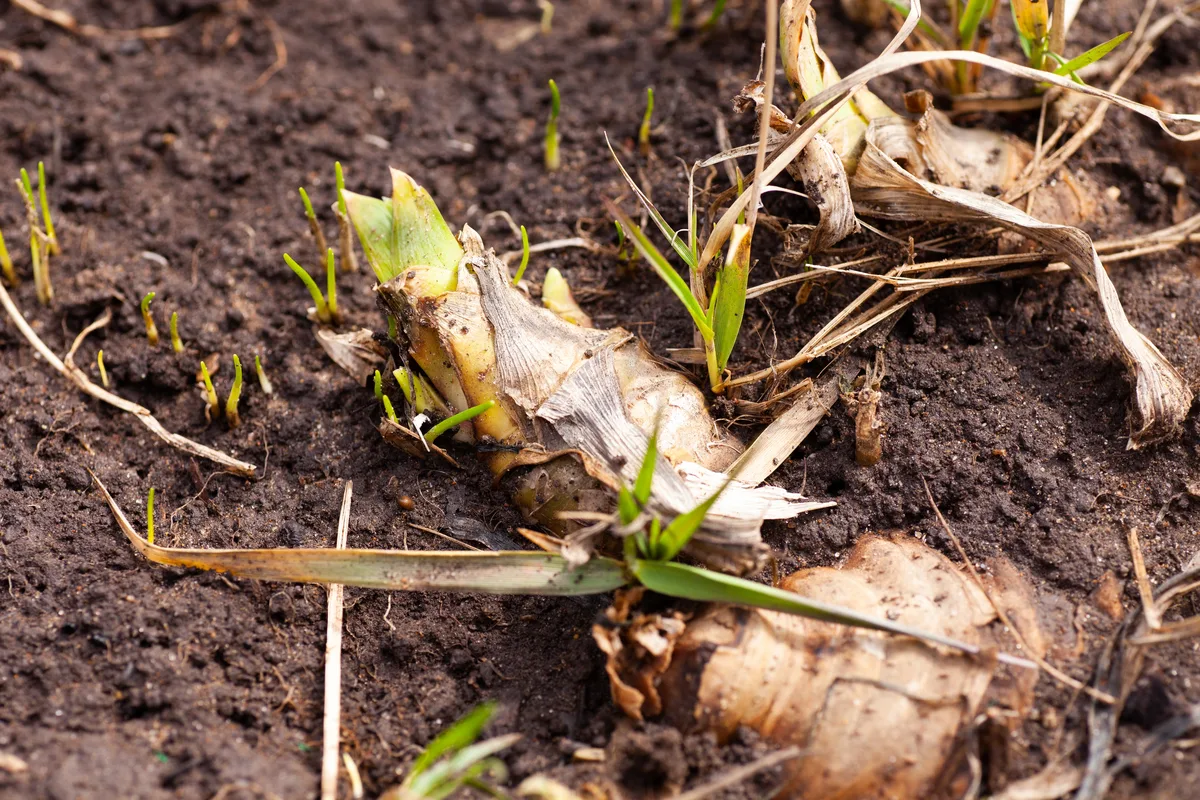
Irises bloom best in full sun. Make sure the rhizome is exposed to some sun. This means that mulching Iris plants over the rhizomes in not recommended. It also means please do not overcrowd or shade your Irises.
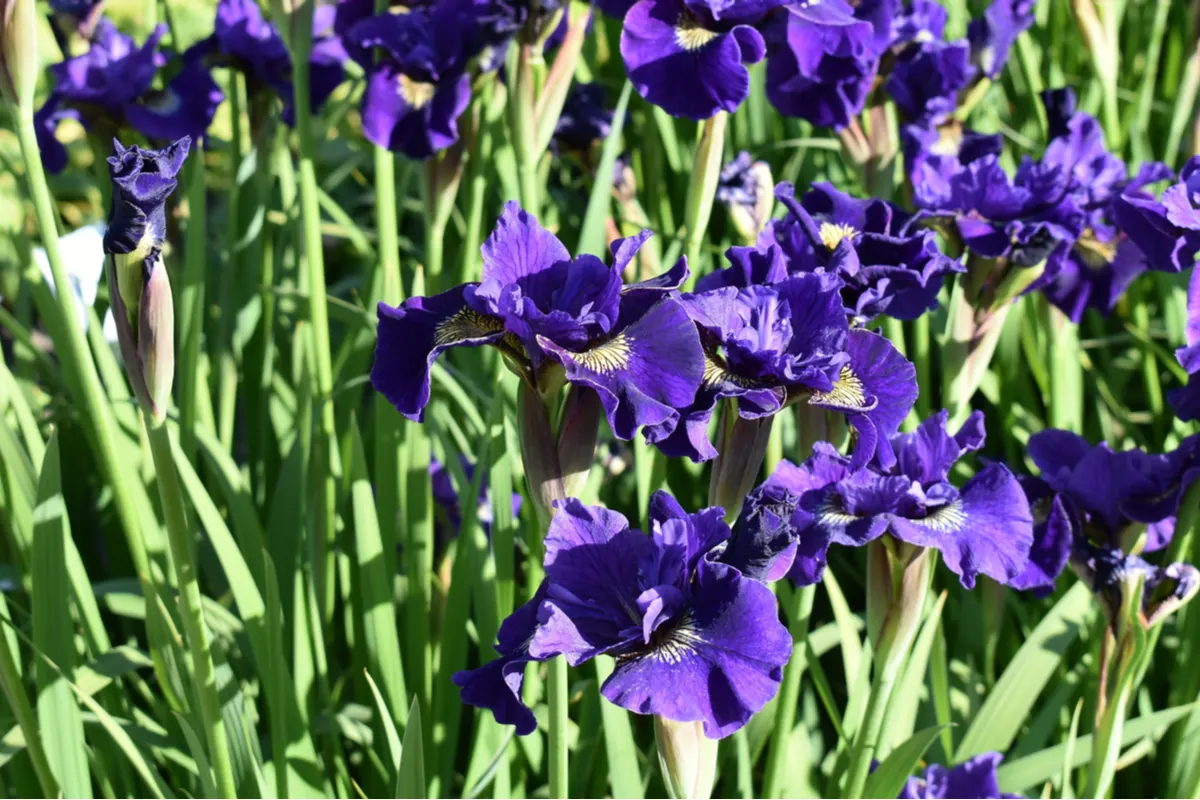
Iris Has Many Friends
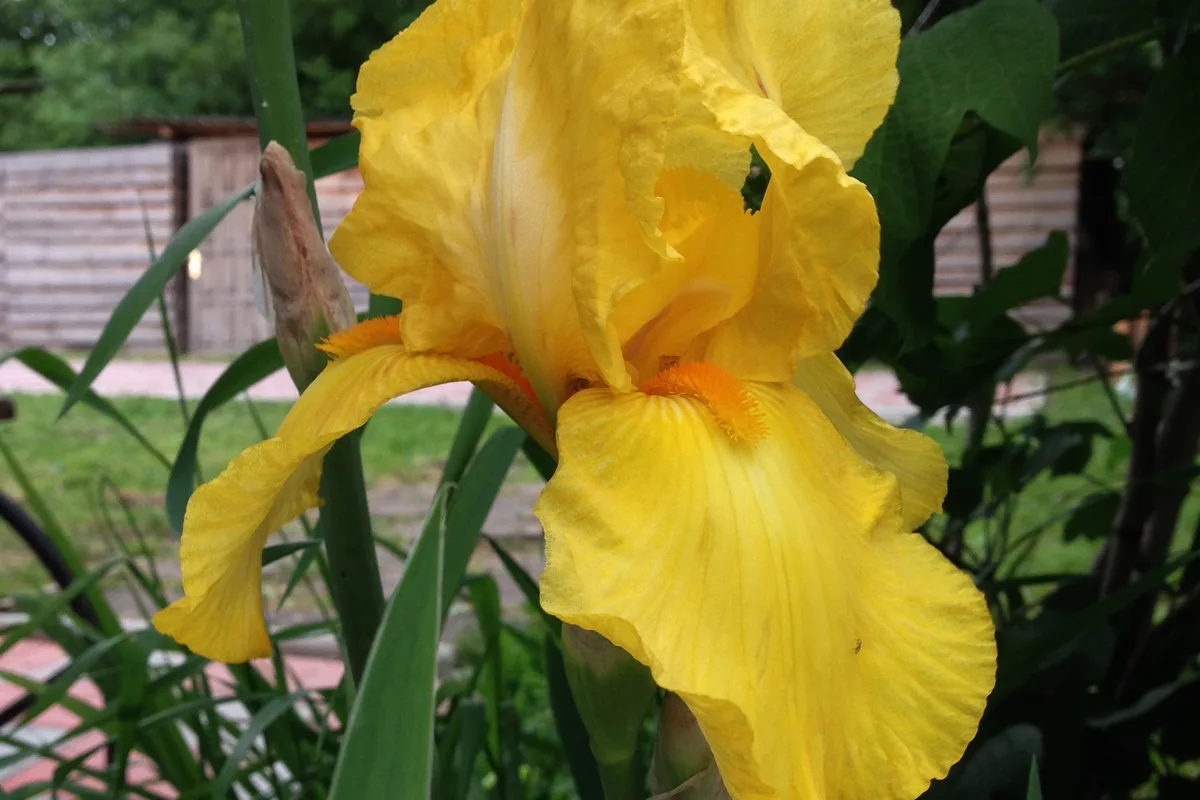
Irises look fantastic with many other plants, including spring-blooming bulbs such as Tulips and Hyacinth and summer-blooming bulbs such as Alliums, Gladiolus, and Dahlias.
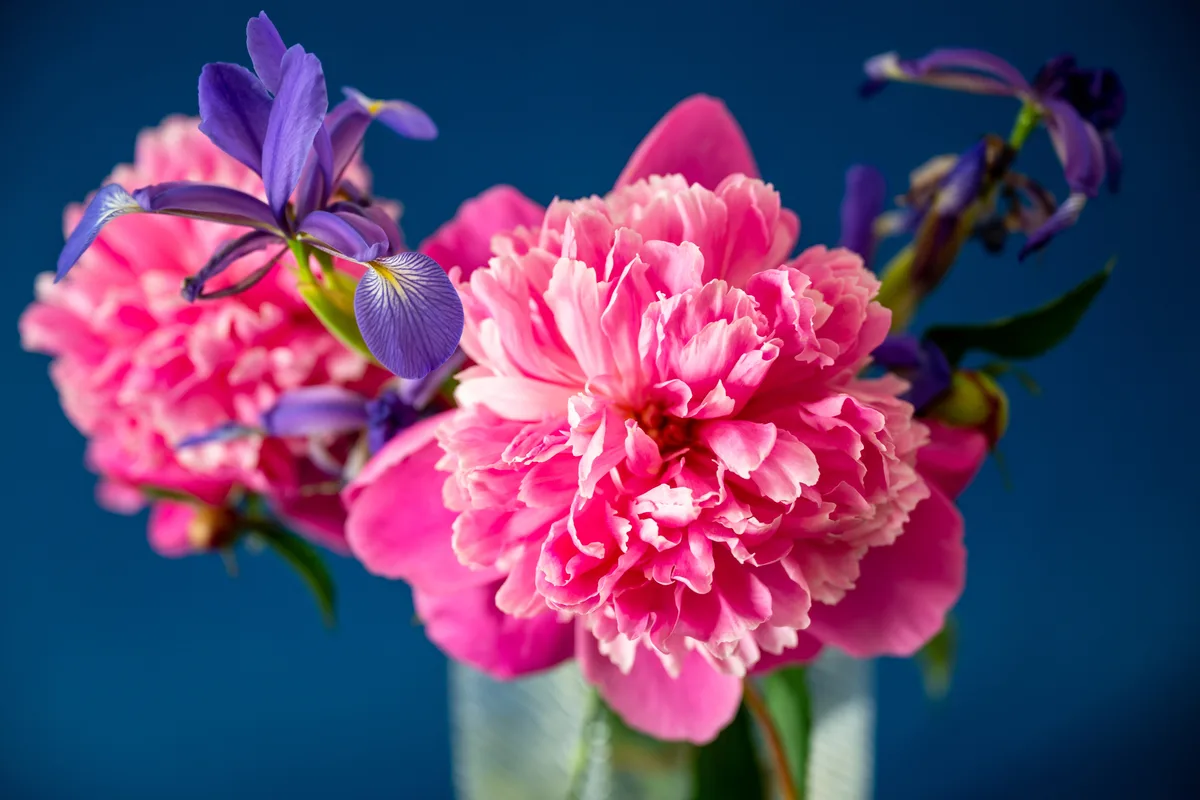
Legacy gardens of Daylily, Poppy, Peony, and Phlox are also great companions for Irises.
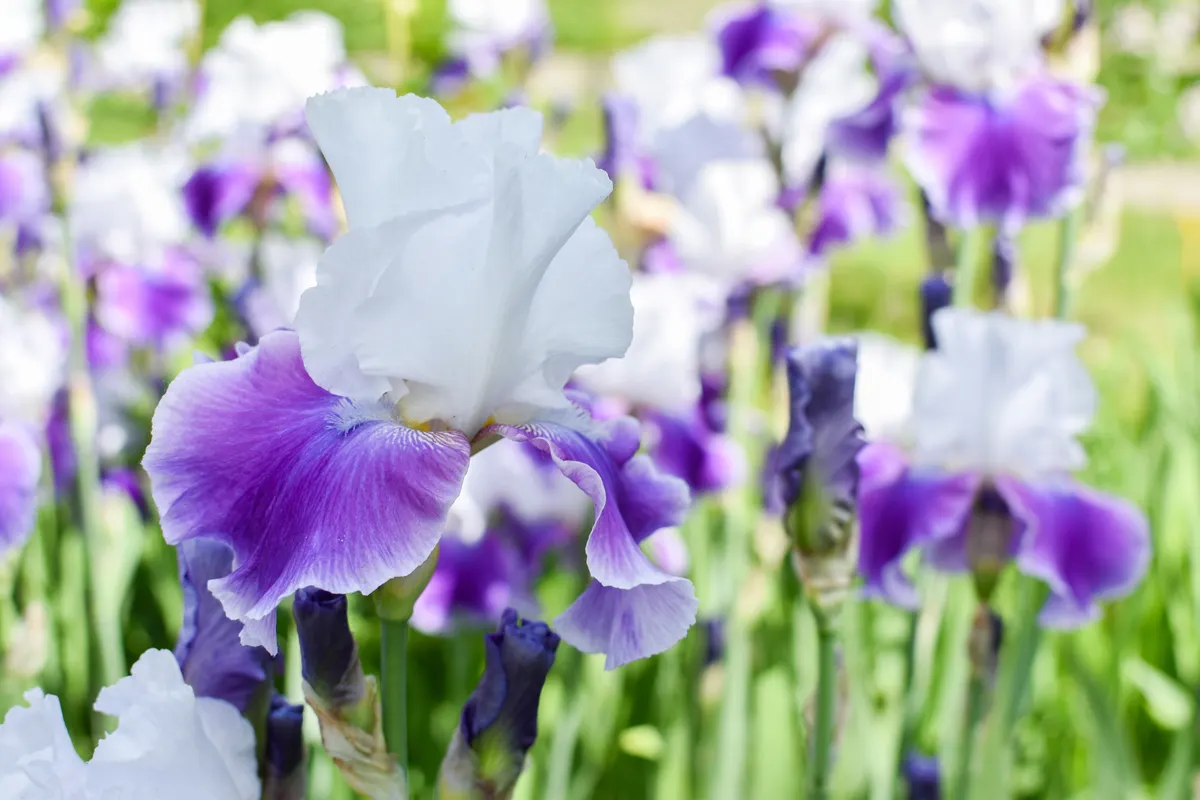
We hope our tips of how to care for your Irises after blooming will give you giant gorgeous Iris flowers for years to come!
